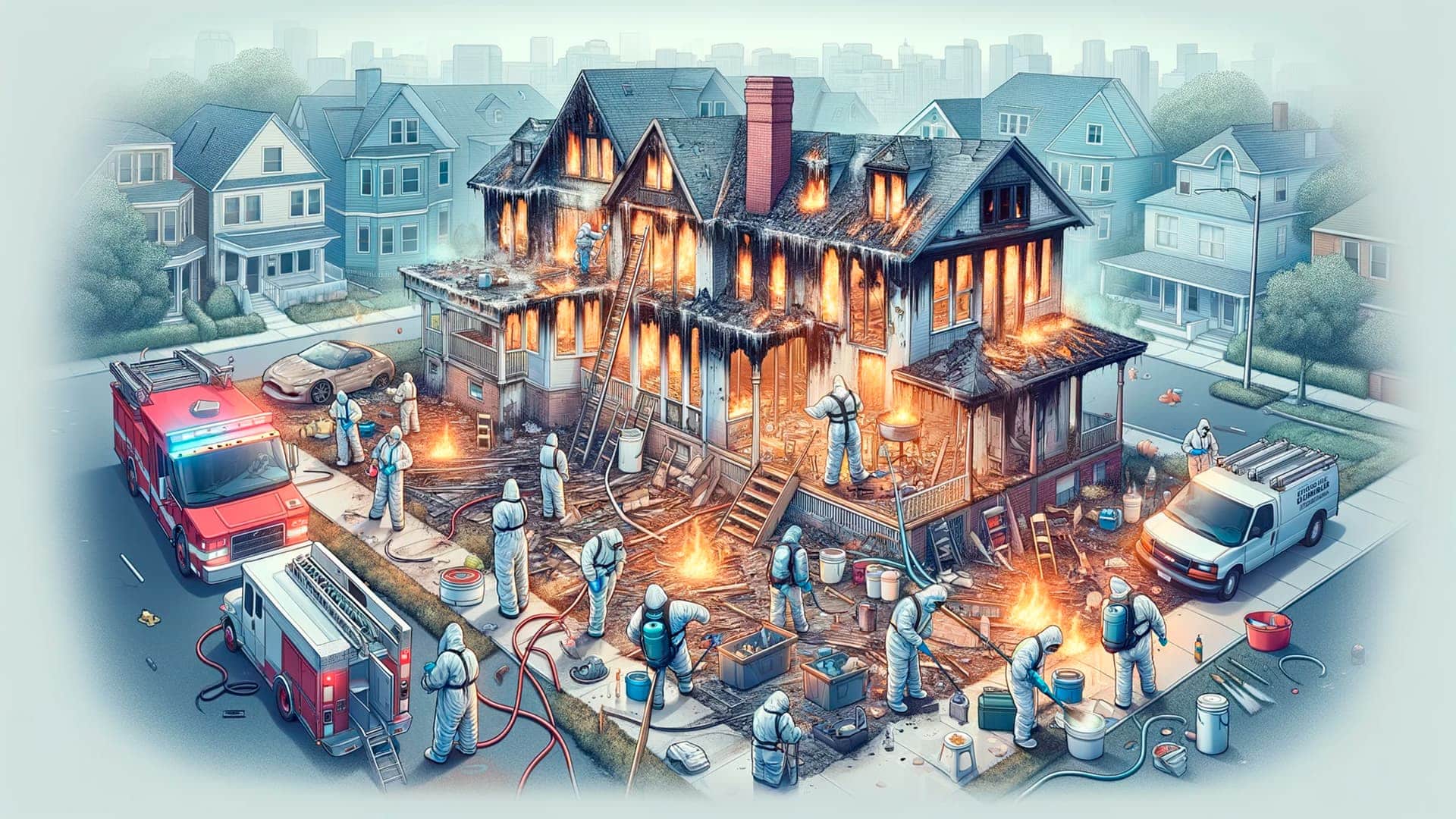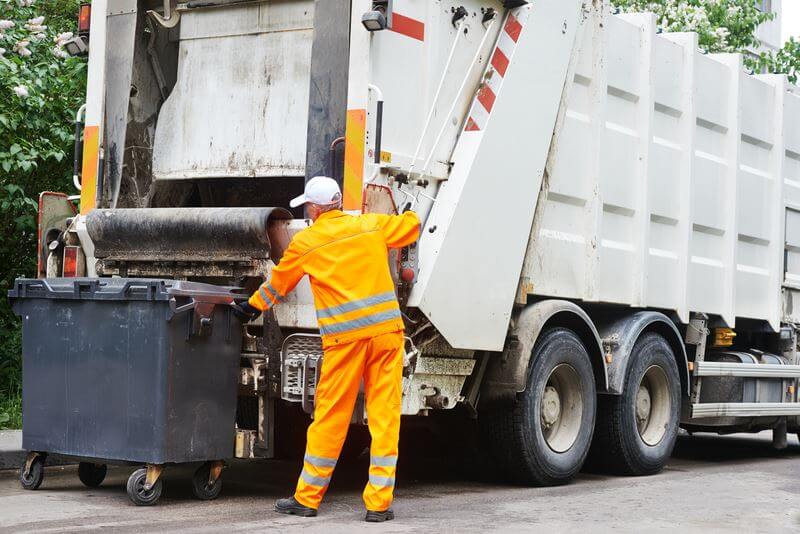Comprehensive Guide to Fire Damage Restoration and Smoke Odor Removal in Boston
Experiencing a fire in your property, whether residential or commercial, can be one of the most traumatic and disruptive events. In Boston, a city with a rich blend of historical and modern architecture, the impact of fire damage can be particularly profound. This comprehensive guide explores the crucial aspects of fire damage restoration in Boston and the importance of specialized smoke odor removal services.
The Complex Nature of Fire Damage in Boston
Fire damage in Boston presents unique challenges. The city’s diverse architectural landscape means that fire can affect a wide range of structures, from historic brownstones to contemporary buildings. The damage caused by fire is not only immediate and visible but also lingering and less apparent, like smoke odor and soot residue.
Fire Damage Restoration in Boston: A Detailed Process
The process of fire damage restoration in Boston is multi-faceted and requires a careful, systematic approach. Here’s an overview of what this process typically involves:
- Initial Assessment and Safety Measures: Immediately following a fire, it’s crucial to assess the extent of the damage and ensure the property is safe to enter. This involves checking for structural damage and potential hazards.
- Water Removal and Drying (if needed): Often, properties suffer water damage due to firefighting efforts. Prompt water extraction and drying are essential to prevent further damage and mold growth.
- Soot and Debris Removal: Soot can be pervasive and toxic. Its removal is one of the first steps in the restoration process.
- Smoke Odor Removal: Smoke can leave a persistent odor that penetrates materials. Professional smoke odor removal services use advanced techniques to eliminate these odors.
- Cleaning and Sanitization: Thorough cleaning of all affected areas is necessary to remove soot, smoke, and other contaminants.
- Repair and Restoration: This final step involves repairing structural damage and restoring the property to its pre-fire condition. It can range from minor repairs to significant reconstruction.
Smoke Odor Removal Service: Essential for Complete Restoration
Removing the smell of smoke is a critical part of the fire damage restoration process. Smoke odor can linger long after the fire is extinguished, deeply embedding itself in fabrics, carpets, and even walls. A professional smoke odor removal service in Boston will typically employ a combination of techniques such as:
- Thermal Fogging: This method uses a thermal fogger to distribute a deodorizing solution that penetrates materials just as smoke would, neutralizing the odor.
- Ozone Treatment: Ozone generators are used to break down smoke molecules, effectively removing the odor.
- Air Scrubbing and HEPA Filtration: These techniques help to remove particulate matter and smoke particles from the air, further aiding in odor removal.
The Importance of Choosing the Right Fire Damage Restoration and Smoke Odor Removal Services
Selecting the right professionals for fire damage restoration in Boston and smoke odor removal is critical. Look for companies with:
- Experience in Fire Damage Restoration: Choose a service with a proven track record in handling fire damage, particularly in properties similar to yours.
- Advanced Equipment and Techniques: Ensure they use the latest technology and methods for both restoration and odor removal.
- Certifications and Training: Check for certifications that indicate they adhere to industry standards and best practices.
- Comprehensive Services: Ideally, choose a company that offers both fire damage restoration and smoke odor removal services for a seamless restoration experience.
Long-Term Considerations and Prevention
Post-restoration, it’s important to consider long-term measures to prevent future fire incidents. This might include:
- Regular Inspections and Maintenance: Regularly inspect and maintain electrical systems, heating units, and other potential fire hazards.
- Installing and Testing Fire Alarms: Ensure that fire alarms are installed and functioning correctly throughout the property.
- Fire Safety Education and Planning: Educate occupants about fire safety and have a clear evacuation plan in place.
Conclusion
Dealing with fire damage and smoke odor in Boston requires a comprehensive approach that addresses both immediate damage and long-term safety considerations. By choosing experienced professionals for fire damage restoration in Boston and a smoke odor removal service, you can ensure that your property is not only restored to its pre-fire state but also better equipped to prevent future incidents.







